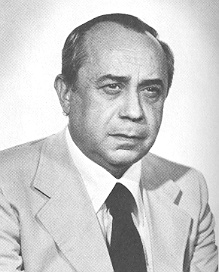
Leonardo Sciascia was an Italian writer, novelist, essayist, playwright, and politician. Some of his works have been made into films, including Porte Aperte, Cadaveri Eccellenti, Todo Modo and Il giorno della civetta.
Max Crivello is an Italian illustrator, painter, screenwriter and art cartoonist.
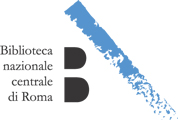
The Biblioteca nazionale centrale di Roma, in Rome, is one of two central national libraries of Italy, along with Biblioteca Nazionale Centrale di Firenze in Florence. In total, 9 national libraries exist, out of 46 state libraries.
La Cercha is a liturgical drama that takes the Holy Friday, in Collesano, province of Palermo (Sicily). According a detail discovered in a canvas of the Sicilian painter Lo Zoppo di Ganci's a penitential procession like "la Cercha" was staged for the first time in 1623.

The Biblioteca Nazionale Braidense or Braidense National Library, usually known as the Biblioteca di Brera, is a public library in Milan, in northern Italy. It is one of the largest libraries in Italy. Initially it contained large historical and scientific collections before it was charged with the legal deposit of all publications from Milan. Since 1880, it has had the status of a national library and is today one of the 47 Italian State libraries.

Angelo Italia was an Italian Jesuit and Baroque architect, who was born in Licata and died in Palermo. He designed a number of churches in Sicily, and later worked to reconstruct three cities following the 1693 Sicily earthquake.

Rosa Balistreri was an Italian singer and musician. Her hoarse voice charged with melancholy and strong personality made her a Sicilian icon of the twentieth century, much like the writer Leonardo Sciascia, the poet Ignazio Buttitta and the painter Renato Guttuso, who counted all three among her admirers.
Paolo Girgenti was an Italian painter of the late 18th and early 19th-centuries, active in Naples.

Fisichella is an Italian noble family, forming part of the Sicilian nobility. Members of the family include multiple judges and prelates, among them a justice of the Supreme Court of the Kingdom of Sicily and an archbishop of the Roman Catholic Church.
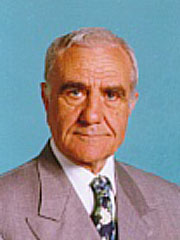
Ludovico Corrao was an Italian Independent Left politician and lawyer. He was the promotor of the reconstruction of Gibellina, after its destruction caused by the earthquake which took place in the Valle del Belice in Sicily.
Maria Messina was an Italian writer.

Giovanni Philippone was an Italian painter and sculptor.

Geronimo Gerardi (1595-1648) was a Flemish artist active in Italy. He was born Guilliam Walsgart or Hyeronimus Gerards.
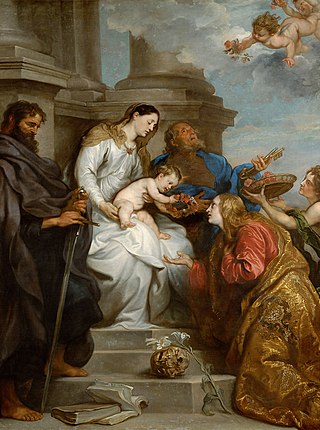
The Coronation of Saint Rosalia or Madonna and Child with Saints Rosalia, Peter and Paul is an oil on canvas painting made by Anthony van Dyck in 1629.
Francesco Buonamici (1596–1677) was an Italian Baroque architect, painter and engraver who was active in Lucca, Malta, Sicily and Rome during the 17th century. He played a significant role in the introduction of Baroque in Malta.
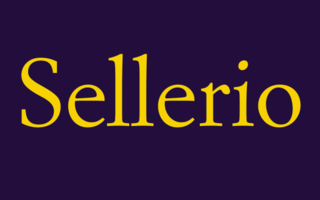
Sellerio Editore is an Italian publisher founded in 1969 in Palermo, by Elvira Giorgianni and her husband Enzo Sellerio, encouraged by the writer Leonardo Sciascia and the anthropologist Antonino Buttitta.
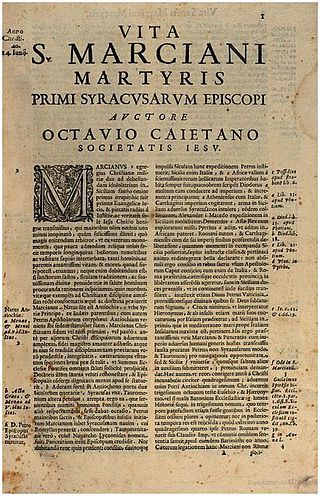
Ottavio Gaetani was an Italian Jesuit and historian, writing exclusively in Latin and most notable for his Vitae Sanctorum Siculorum. He is held to be the founder of hagiography in his native Sicily and one of the island's main 16th-century and early 17th-century historians.
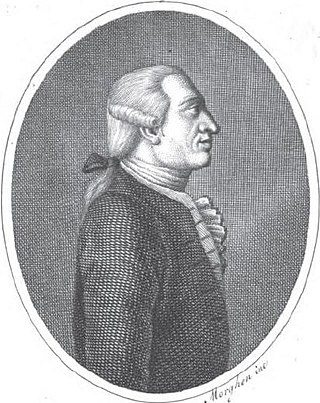
Gabriele Lancillotto Castello, prince of Torremuzza and marques of Motta d'Affermo (1727–1794) was an Italian nobleman, antiquarian, numismatist and antiquarian, most notable for his study of Sicily's coins and ancient past. He was also known as Lancellotto Castelli and wrote under the pseudonym Selinunte Drogonteo.

The Palazzo dell'Università or Palazzo Centrale dell'Università di Catania is a monumental palace located in Piazza Universitaria, in the center of the city of Catania, region of Sicily, southern Italy. Since its construction, it has housed the main offices of the University of Catania, and stands across the piazza from the Palazzo San Giuliano, also housing offices of the university. It presently houses the offices of the rector, university offices, the "Giambattista Caruso" Regional Library, and a small museum of geology and archeology.

South calls North is a regionalist and populist political party in Italy, mainly active in Sicily, founded by the former mayor of Messina, Cateno De Luca.















